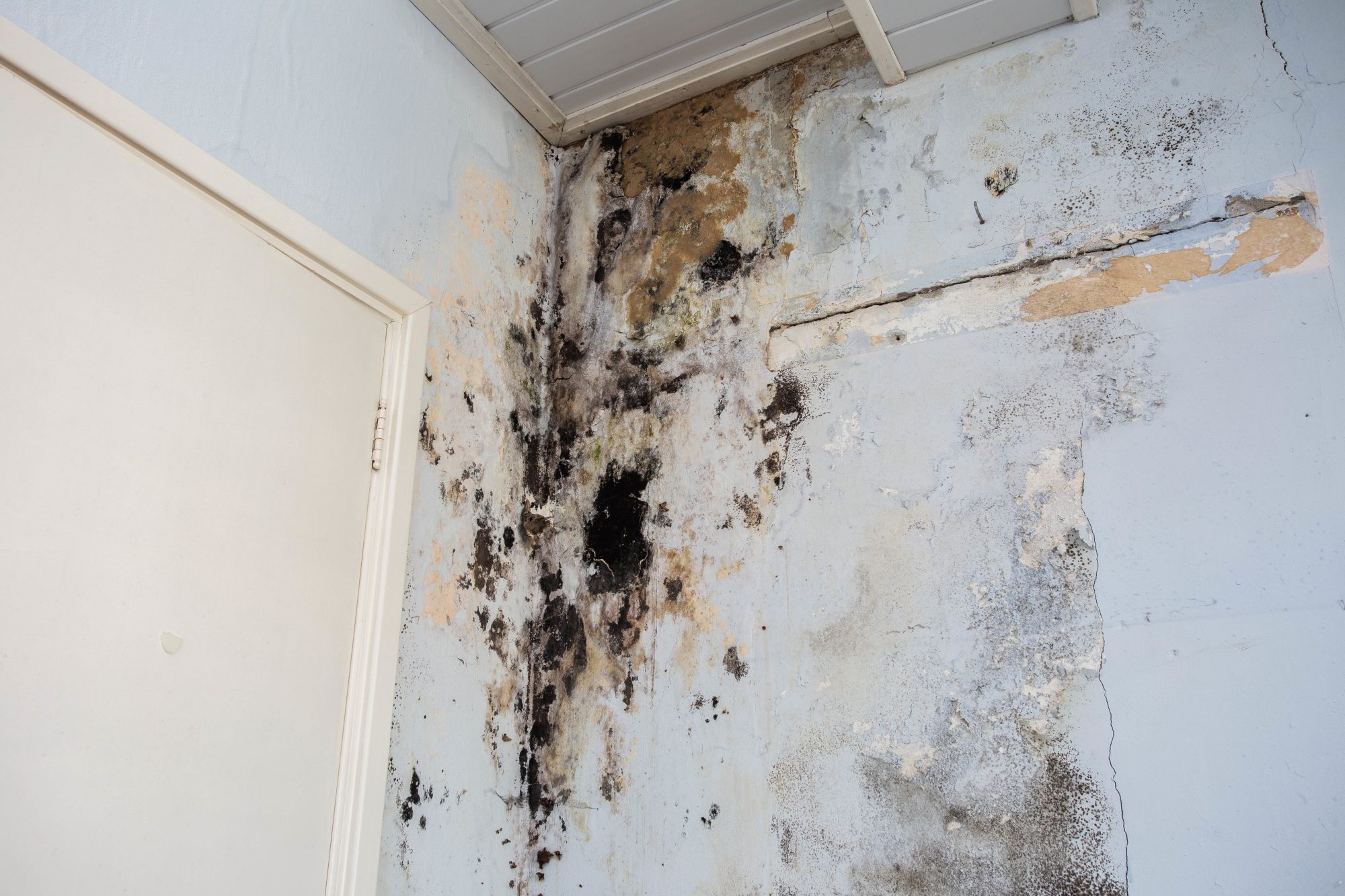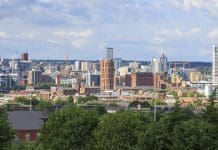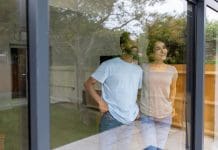A new blueprint to develop a best practice approach to investigating damp and excessive moisture in traditional properties is to be established by professional and heritage bodies
Entitled ‘Investigation of moisture and its effects in traditional buildings,’ the paper proposes a framework centred around seven key pillars to investigating damp.
These emphasise the significance of understanding the building and its context, the behaviour of moisture, and moisture-related defects. Differences between old and new buildings are also highlighted.
Also included are issues that need to be considered when assessing building condition, diagnosing defects, and making recommendations. Legal requirements and the content of reports are discussed as well.
The paper was a collaborative effort between the Royal Institution of Chartered Surveyors (RICS), Historic England, Historic Environment Scotland, Cadw and The Property Care Association.
Stephen Hodgson, chief executive of the PCA, said: “The document offers a guide to the level of knowledge for anyone involved in the investigation of dampness and its outcomes in traditional buildings.
“This is the first time heritage organisations and building surveying and preservation specialists have joined forces on this matter.
“Ultimately when completed and adopted, the methodology will see a greater accountability and expectation placed on those tasked with investigating dampness in traditional and heritage buildings.
“It will ensure that all surveyors have the skills and knowledge that are presently expected of our members, and that is demonstrable in the qualifications required by PCA of its membership.”
The paper has the status of a working draft, and further amendments are possible before the process of drafting is completed.
Until then it cannot be used to dictate, measure or benchmark competence or measure a duty of care.
Hodgson added: “Damp, uncomfortable homes take their toll on the health and wellbeing of the people who live in them and can really impact on a person’s quality of life.
“Such conditions can also lead to costly defects in a building’s structure and fabric.
“By working together, using new technologies and advances, coupled with time-proven expertise and knowledge, we can find the very best solutions to address this important issue in traditionally built UK properties.”














